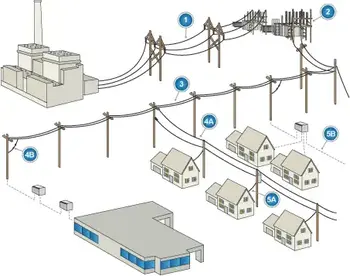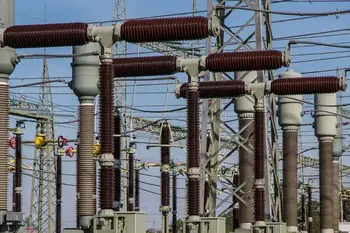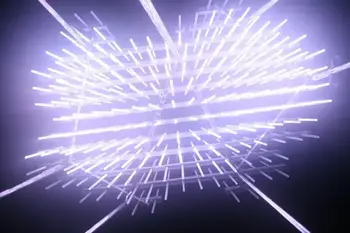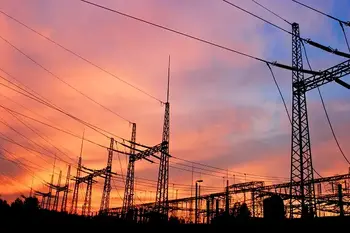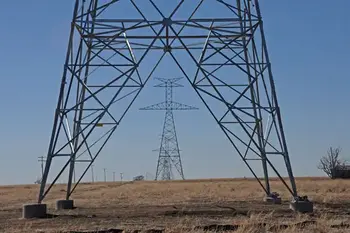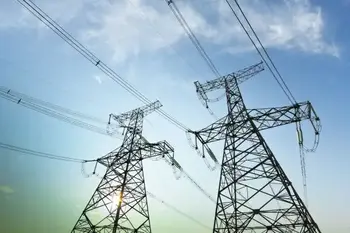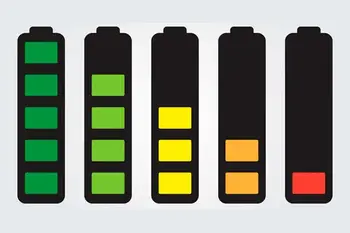Meeting the rising demand for electricity in Europe

One of the few certainties in the energy industry right now is that demand for electricity will rise substantially. The electrification of cars and light vans together with the rapid growth of electricity-intensive data processing technologies all require a big expansion of generation capacity.
But although there is consensus about the urgency of the need to decarbonise electricity production if the world is to get anywhere near meeting the goals of the 2015 Paris Accord there is less agreement about the best way to do this.
Energy investment decisions have exceptionally long term consequences. Wind turbines are now expected to last more than two decades and the lifetime of a nuclear plant may be half a century or more.
Choosing the technologies which most efficiently maintain the security of energy supply while simultaneously delivering faster cuts in carbon emissions and keeping prices competitive is therefore vital for all our futures.
Getting the best value for money is rightly a top priority for governments. Making wrong decisions now will burden domestic and industrial consumers with billions of avoidable costs for decades to come. But comparing the cost of different types of electricity generation is extremely complicated.
One popular method uses the “levelized cost of electricity” (LCOE) and is examined in the latest report from the New Nuclear Watch Institute. This sheds new light on how the cost and value of nuclear energy compare with intermittent renewables like wind and solar.
The appeal of LCOE is its simplicity. It offers investors and utility companies a convenient tool for measuring the likely profitability of a particular generation project.
However, NNWI’s report exposes the danger for policymakers of relying too heavily on LCOE alone, whose narrow focus doesn’t reflect all the variables. Factors such as whether power generation relies on weather conditions are not sufficiently taken into account. Some technologies may have costly or harmful consequences for the energy sector, society, the environment, or the wider economy.
The report highlights firstly the crucial fact that, for each extra MW of installed electricity generation capacity, investment in nuclear energy capacity cuts the carbon intensity of a power system by 34% more than investment in a similar increase in the capacity of intermittent renewables.
Given the rapidly increasing urgency of the need to decarbonise the electricity generation industry this conclusion exposes the folly of ignoring the speed with which growth in nuclear capacity can help address climate change.
A second key message is the increased dependence on gas as the necessary back up fuel in countries where the contribution of nuclear declines and intermittent electricity generation technologies such as wind and solar start to play a bigger role.
As reliance on intermittent sources of electricity grows, so the greater the need for back up from reliable baseload provision becomes. If this baseload is not provided by low carbon nuclear energy then gas is the unavoidable alternative.
In the very short term accelerating the switch away from coal to gas is beneficial. Thereafter however entrenching reliance on gas will make emissions reduction targets impossible to achieve. To avoid this outcome, which would be catastrophic for climate change, massive investment in additional electricity storage capacity is essential.
Even assuming that the technical challenges in providing this extra storage can be overcome the impact on system costs of the expansion of storage could raise the effective cost of intermittent renewables by up to 50% of their levelized cost.
This outcome, which is often ignored by enthusiasts advocating entirely renewables-based systems of electricity production, would drive up consumer prices and damage the economies of the countries which adopted such systems.
The third conclusion of NNWI’s study relates to likely increases in the volatility of the price of electricity. This is based on the effects of changes in the capacity factor of a country’s energy system – the proportion of the maximum electricity generation represented by the actual amount of electricity generated.
As a country depends more on intermittent sources of electricity so the capacity factor of its energy system falls. This is because of the need to maintain back up generation capacity for the times when wind and solar cannot produce.
This creates another problem too. When the backup capacity is only used for limited and often short periods it inevitably becomes less efficient and more expensive. Forcing the providers of this backup capacity to operate on a stop/start basis to make up for the unreliability of intermittent sources also raises maintenance costs.
This, in turn, leads to greater price volatility between periods of an abundant generation when the wind is blowing and the sun shining – which may sometimes coincide with periods of below-average demand – and those long freezing windless winter nights when generation falls and consumption rises.
The message from the NNWI report is not that intermittent generation has no role to play in the decarbonising the energy sector. On the contrary, NNWI has always recognised and supported the vital contribution of renewable energy. The falling cost of many renewable technologies is wholly welcome.
Oscar Wilde defined a cynic as someone who knows the price of everything and the value of nothing. The LCOE approach suffers from an inability to recognise the value of certain electricity generation technologies as opposed to their cost. It fails to capture the benefits to consumers and the wider economy of using nuclear power alongside renewables.
Placing too much reliance on LCOE comparisons to justify a wholesale rejection of investment in new nuclear capacity may lead governments to make mistaken and even dangerous decisions.
If the outcome of those decisions damages the world economy and slows down or even jeopardises the success of the world’s response to climate change then humanity will be the loser.

